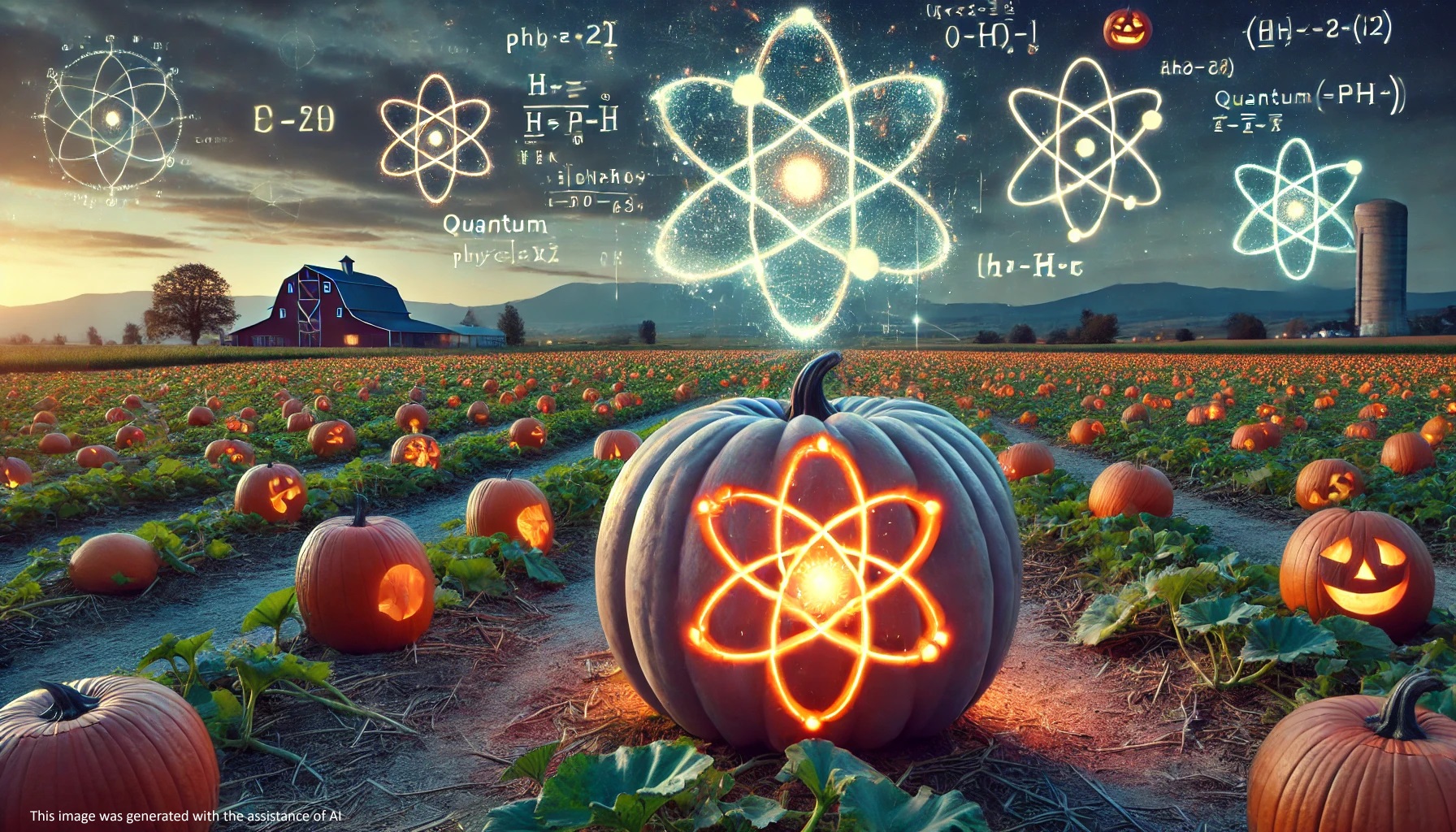Particle Pumpkins
Submitted by Atlas Indicators Investment Advisors on June 30th, 2024
Economics is sometimes accused of physics envy, and this note will do nothing to dispel that. Halloween is months away, but pumpkin seeds on my wife’s farm have been and continue to be sown. Meanwhile, strange tales are coming from the University of Rochester New York where quantum physicists are experimenting with small building blocks of reality called particles, helping confirm Albert Einstein’s “spooky action at a distance” concept. They are furthering an understanding of how quickly information can travel (hint: it is faster than light).
Similar to physics, economics sometimes faces curious conundrums. Economies are influenced by careful planners (e.g., pumpkin planters) sort of like every physics lab has its own set of PhDs. But sometimes something happens which causes quick disruptions to our understandings of how things operate (e.g., Covid-19, or the Great Financial Crisis). Such events may usher in regime changes; a different understanding of how various phenomena are interconnected can result, like quantum mechanics is doing now in the physical world. One current economic issue is the inverted yield curve. Historically, this has been a harbinger of bad things to come, but the relationship between yields on 10-year bonds and 2-year notes from the U.S. Treasury has been inverted for almost two years (it initially inverted on July 06, 2022, according to the Federal Reserve Bank of St. Louis), yet the business cycle continues expanding.
This mingling of structured progress and unpredictability in economics resembles the dual nature of physics being confirmed at institutions like the University of Rochester. Just as physicists explore the boundaries of what we understand about speed limits and connections in our universe, economists examine how both slow-evolving policies and rapid economic shocks can reshape our financial landscapes. This current persistence of the inverted yield curve challenges traditional economic predictors, just as quantum entanglement challenges our classical understanding of how fast information can travel. As we continue to explore these disciplines, both may yield unexpected insights into the way our world functions, proving that sometimes reality is indeed stranger (and perhaps spookier) than fiction.

